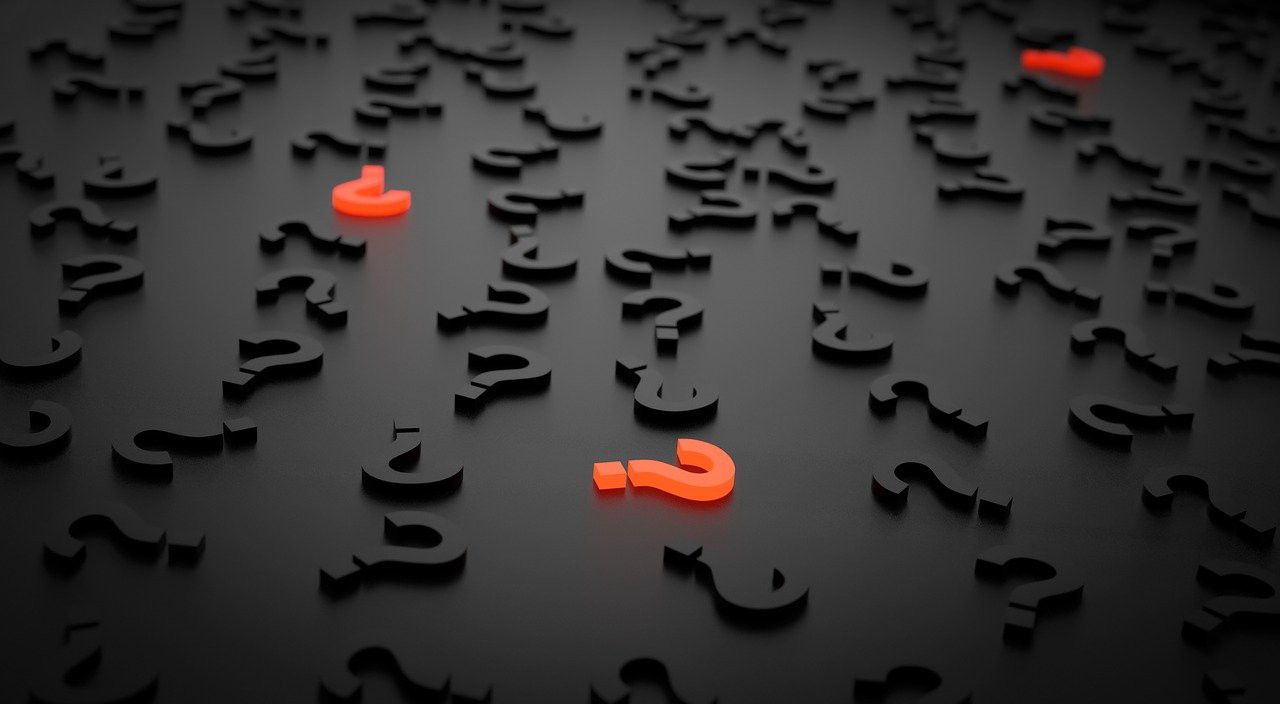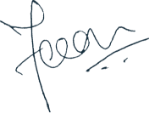Think Again, Think in Systems

Now that Covid seems to be in our rear view mirror (one hopes!) it is time to understand what went wrong and what could have been done better. While the worldwide number of deaths is debated (between 6 and 15 million!) we should look back and introspect. In India, for example, could we have avoided the migrant crisis during the first wave and the large number of deaths during the second? Have we learnt our lessons well enough to avoid a repeat in the future?
The world we live in is an infinitely connected web. While we all are able to see the first level of connections — our family, employer, bank, grocery stores — each of our first-order connections are in turn connected to others making up an intricate web. Once we get to two or three levels out, disturbances in one part of the world can ripple out and create surprising and downright strange knock-on effects in another part.
These second- and third-order effects can be positive, negative, or even perverse, looping back through time to make the original situation worse. Covid-19 has created many secondary effects — some unfortunate but some surprisingly good too, such as improved air quality, clean rivers and fewer road accidents. These secondary effects will continue to play out for years to come.
All these effects are the result of a single global intervention: social distancing. Yet the ripple effects of staying indoors include more reading, cooking, family time on the one hand and increased mental health issues, domestic violence, and poaching on the other. In other cases, people ignored the directive altogether and made the original situation worse — a perverse result.
If we can see how one created the other, why is it that we were unable to predict and plan ahead for these situations? Being able to consider immediate cause and effect, the first link, is first-order thinking, something we all do. Being able to consider how the effect creates its own effect, the second link, is second-order thinking.
The question is why is it so hard to see this? This is because the leap from first-order to second-order effects is a leap from the visible to the invisible. We can easily imagine what falling sick might feel like and recognize that social distancing is a good idea. We have a harder time imagining what being locked into our homes for months on end might feel like and so do not anticipate what sudden loss of space and mobility will do to our state of mind and relationships.
If we did, we would have made plans ahead of time to regularly incorporate rituals like mindfulness and compassion into our daily lives. For example we start all our meetings with a minute of silence and checking-in with each person. The positive effect this ritual has on the well-being of my team far outweighs the time it takes to do it.
We have to be able to think about things we cannot see and need mental models of complex systems to be able to do so. Thinking in systems is the defining skill of the Covid era. While it is not taught formally in most schools yet, it can be learnt. A system is an entity with interrelated and interdependent parts. Changing one part of the system affects other parts and the system as a whole. Systems thinking, the ability to perform problem solving in a complex system, originated in 1956, when Professor Jay Forrester founded the Systems Dynamic Group at MIT’s Sloan School of Management. The key purpose of systems thinking is to be clear about our assumptions so that we are less and less wrong. It requires the ability to think out the implications of our actions even further, over a broader space and time. Being able to predict the unintended consequences of our actions is the key to systems thinking.
Another interesting insight is the idea of “weak-link” and “strong-link” provided by David Sally and Chris Anderson in their book The Numbers Game. Essentially, in certain sports, having weaker players hurts your overall chances of winning more than in other sports. In soccer, there are very few opportunities to score, so mistakes by weaker players have a proportionally higher impact. In basketball there are many opportunities to score and so one dominant player can make up for the weak links on the team. Therefore, having a few weaker players isn’t going to have as big an impact in basketball as it would in soccer. Basketball is a strong-link game. Soccer is a weak-link game. In a weak-link system you improve the system by upgrading the weakest players in the game. Everyone wins when the weakest members of a soccer team are upgraded.
Who are the weakest links in the pandemic? The daily wage workers, the restaurants, the startups, everyone who is living paycheck to paycheck, with no savings. If they go down, we all lose. If they win, we all win.
During Covid, the world is split between two broad schools of thoughts — saving lives vs saving livelihoods. The biggest battle is between first-order (saving lives) and second-order (saving livelihood) effects. In reality there is no battle, we need to save the weak links in every situation. We need to save lives and save businesses. The only question is which ones. There again, the answer is clear: the weakest. Their well-being is our well-being.
While no one knows the long-term outcome of these decisions, our explorations continue. We may even end up where we started before Covid-19 but see the world differently.

